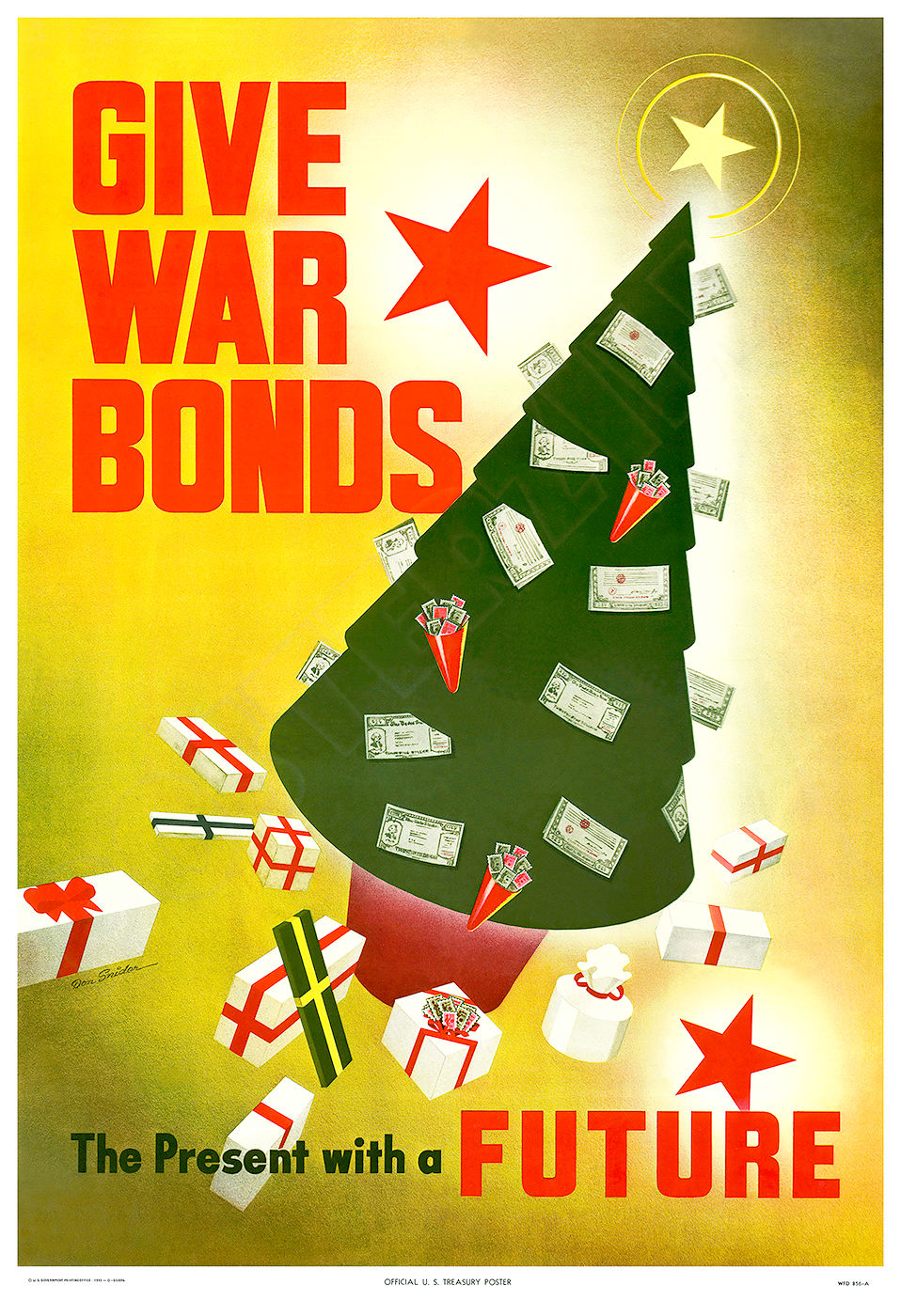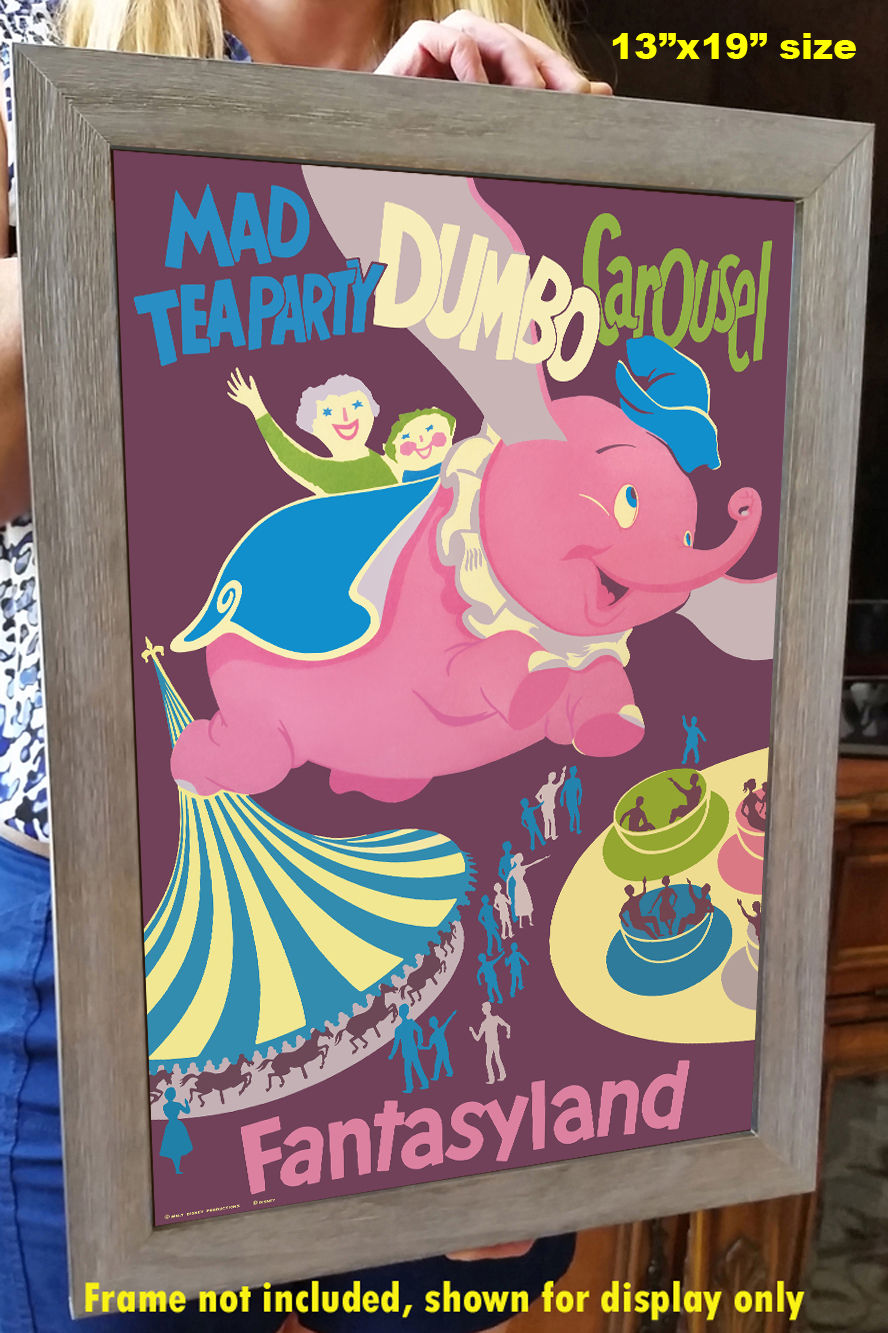This beautiful poster has been re-mastered from a watercolor showing Death Valley Railroad’s locomotive No. 2 leaving Ryan, California, in Death Valley. Locomotive No. 2 also worked for the United States Potash Railroad, but she was bought by the Death Valley National Park, and is currently on display at the Borax Museum at Furnace Creek.
The vibrant colors and detail of this classic image have been painstakingly brought back to life to preserve a great piece of history.
The high-resolution image is printed on heavy archival photo paper, on a large-format, professional giclée process printer. The poster is shipped in a rigid cardboard tube, and is ready for framing.
The 13"x19" format is an excellent image size that looks great as a stand-alone piece of art, or as a grouped visual statement. These posters require no cutting, trimming, or custom framing, and a wide variety of 13"x19" frames are readily available at your local craft or hobby retailer, and online.
A great vintage print for your home, shop, or business!
HISTORY OF THE DEATH VALLEY RAILROAD
The Death Valley Railroad (DVRR) was a 3 ft (914 mm) narrow-gauge railroad that operated in California's Death Valley, to transport raw borax materials. The route ran from the mines at Ryan, California, to Death Valley Junction, located just east of Death Valley National Park, a distance of approximately 20 miles (32 km).
When mining operations at the Pacific Coast Borax Company’s Lila C. Mine began declining around 1914, the company began scouting the land outside of Furnace Creek for new borax deposits. A rich site was located a short distance from the Lila C. Mines, and plans were made to build a narrow-gauge railroad to connect the new mines with the Tonopah & Tidewater Railroad at Death Valley Junction.
The DVRR was built by a separate company from Pacific Coast Borax Company, because the company was struggling with financial issues at the time. Equipment and Heisler locomotive No. 2, the "Francis" from the Pacific Coast Borax Company's old Borate and Daggett Railroad were used to build the DVRR. After the line was completed, two 2-8-0 steam locomotives were purchased from the Baldwin Locomotive Works to operate on the line, and the Francis was sold off.
The DVRR operated one train per day on the line, bringing food and water to the workers at the Ryan mine. That train carried ore back to Death Valley Junction late in the afternoon. After better deposits of borax were discovered at Boron, Ca., the DVRR began a tourist operation, using a Brill railcar to transport tourists to the old mines. The railroad ceased operations in 1931 due to a lack of profit from tourists, and the closure of the mines.
Much of the DVRR ran parallel to what is today State Route 190. After the railroad ceased operations, the United States Potash Company bought the equipment, track and rolling stock to construct their own line located near Loving, New Mexico. That line became the United States Potash Railroad.
The rails from the DVRR were used on the United States Potash Railroad until about 1941, when they were replaced by heavier rails from the Atchison, Topeka & Santa Fe Railroad. The line was used until 1967 when better potash deposits were discovered in Saskatchewan, Canada. The Pacific Coast Borax Company merged with U.S. Potash and became U.S. Borax & Chemical Cooperation.
top of page
$19.95Price
These are simply the best posters available! You will be thrilled with the image quality, vivid colors, fine paper, and unique subjects.
Our posters are sized for standard off-the-shelf frames, with no custom framing required, providing huge cost savings!
Related Products
bottom of page
































